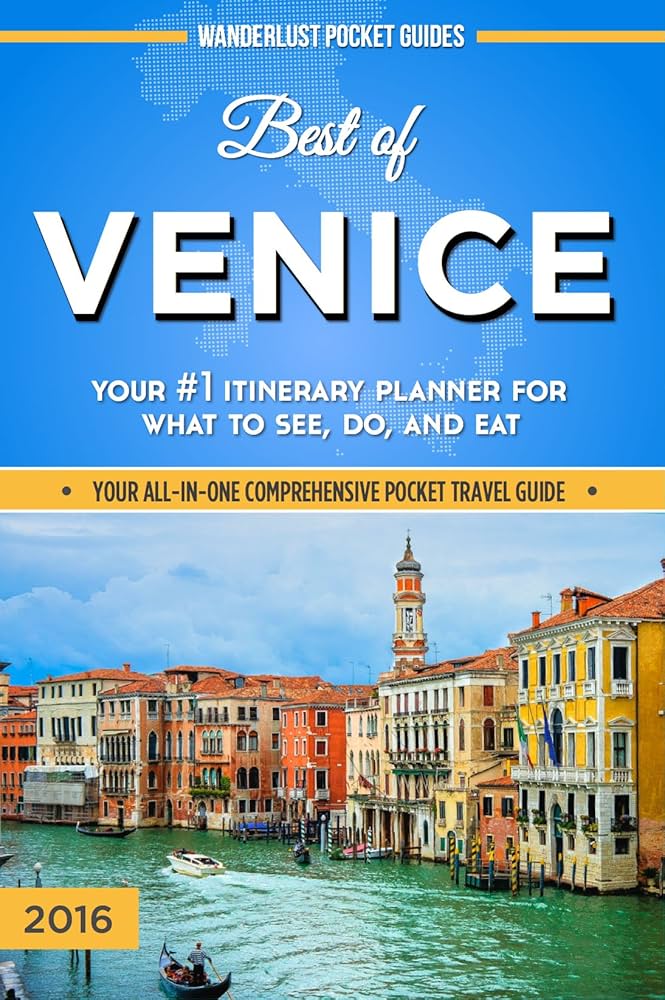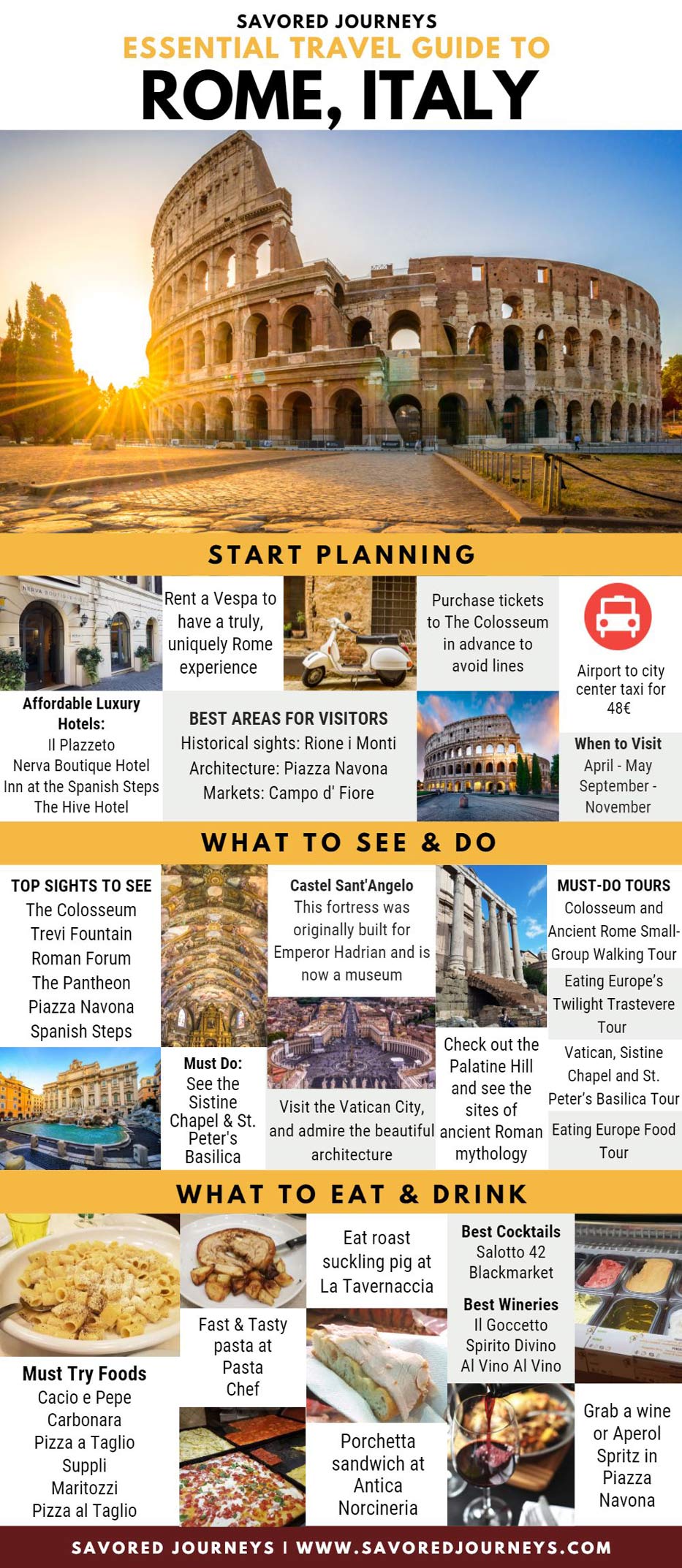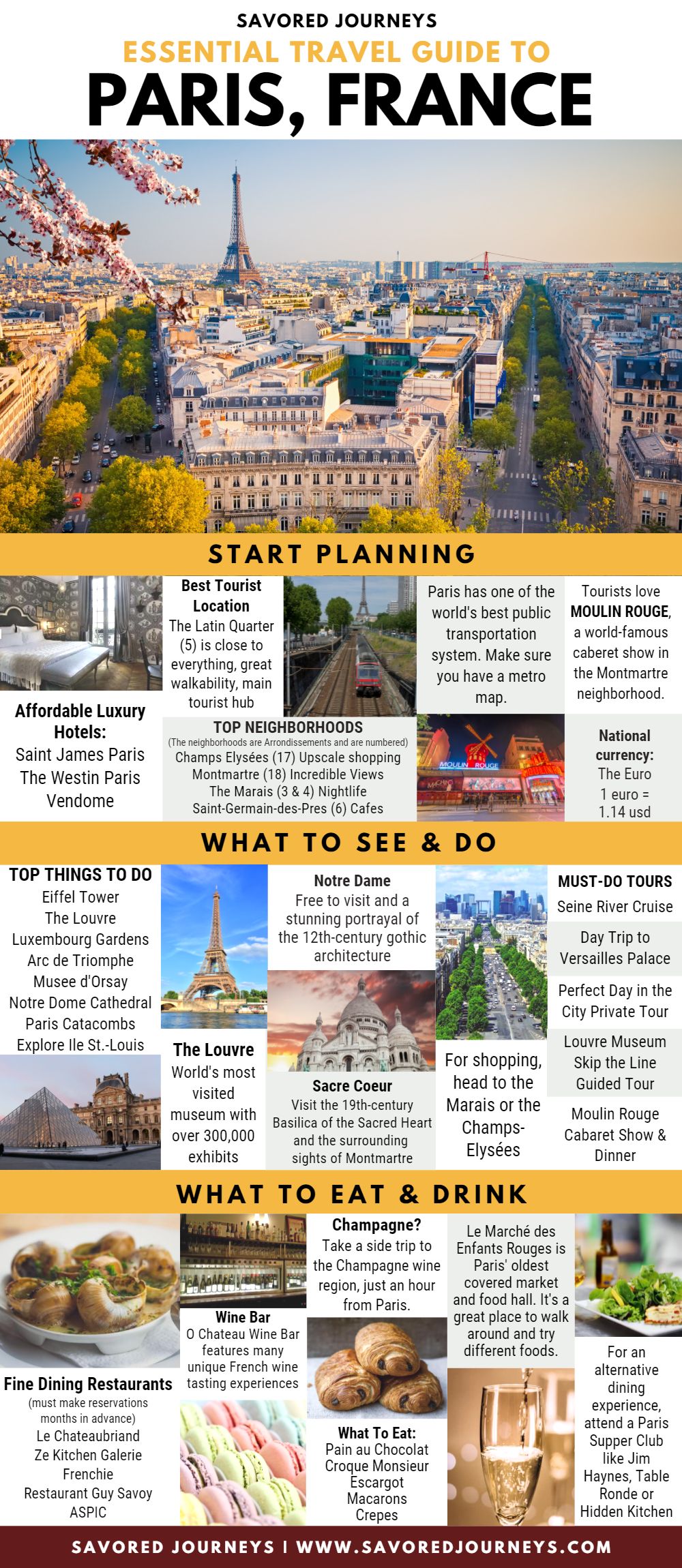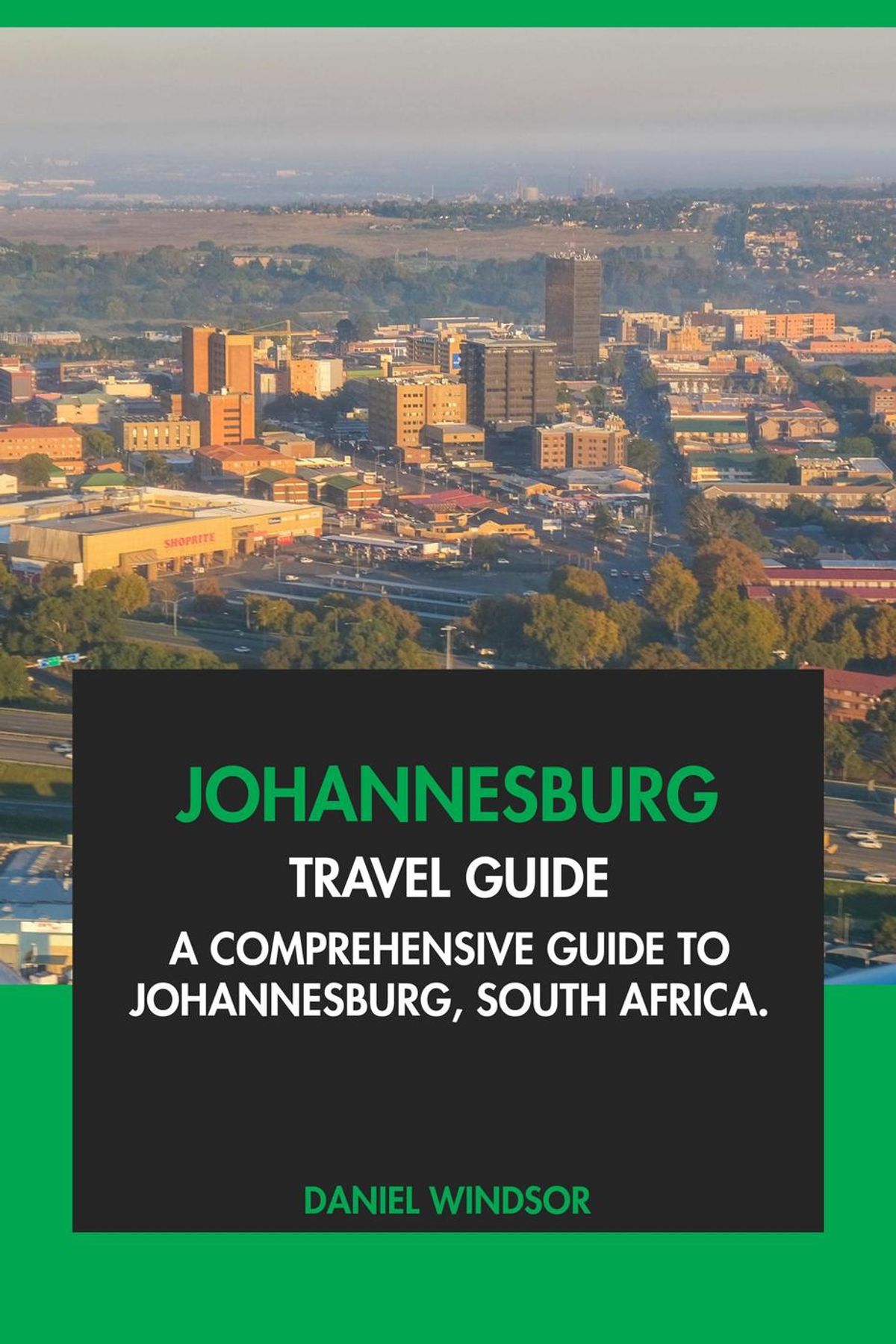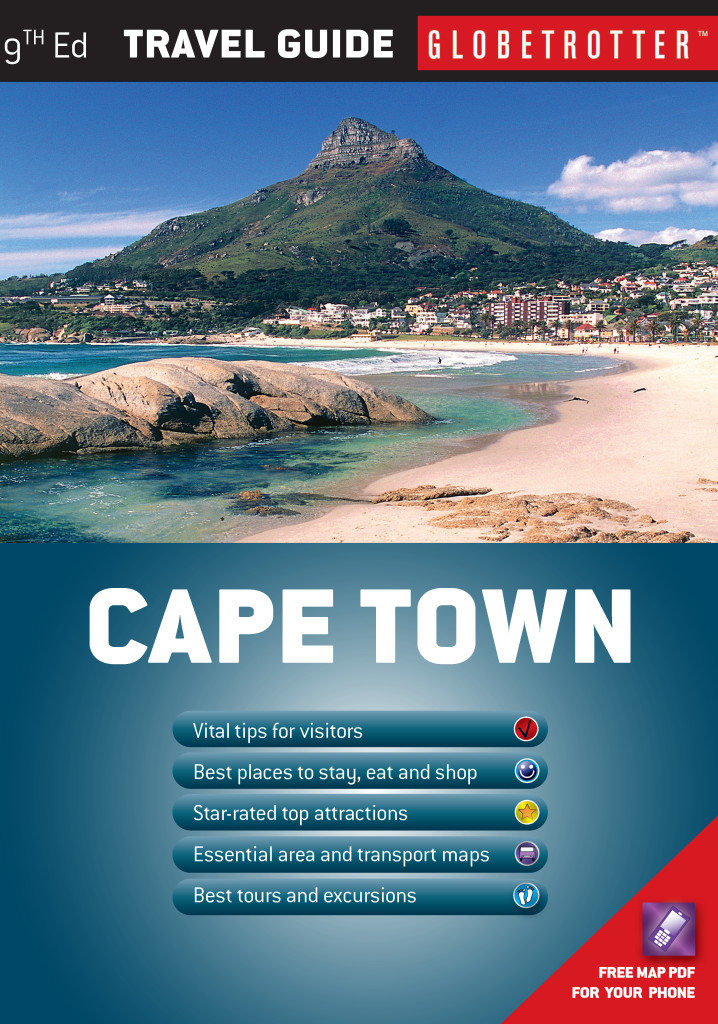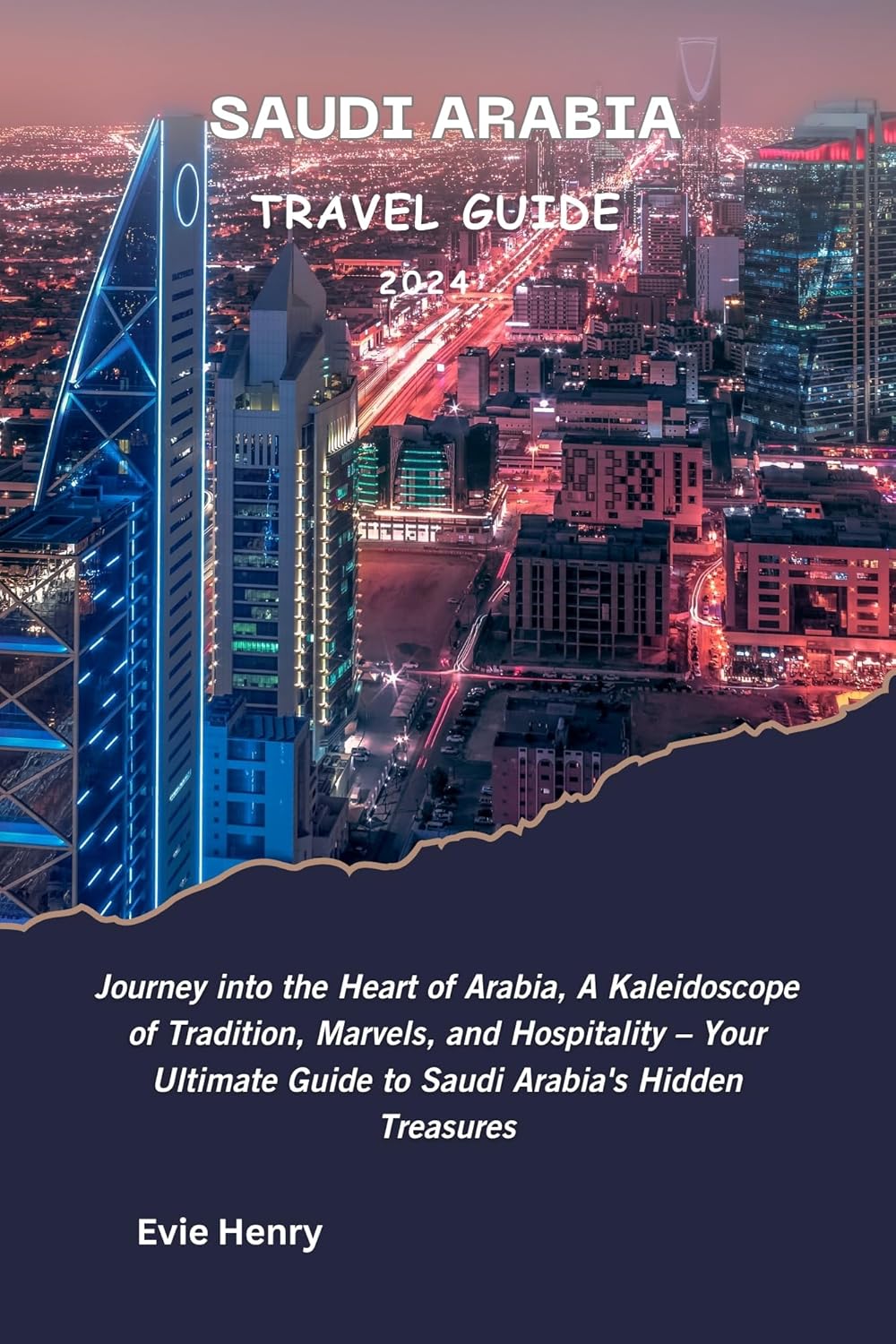
Saudi Arabia, a land steeped in millennia of history and poised at the forefront of global transformation, beckons travelers with a unique blend of ancient traditions and burgeoning modernity. From the hallowed sands of its deserts to the gleaming skyscrapers of its futuristic cities, this Kingdom offers an experience unlike any other. For centuries, its spiritual heart has pulsed with the pilgrimage to Mecca and Medina, drawing millions to its sacred sites. Today, this rich heritage is being unveiled to a wider world, revealing a landscape of breathtaking natural beauty, vibrant cultural expressions, and ambitious visions for the future.
This comprehensive guide will equip you with the knowledge to navigate the wonders of Saudi Arabia, from understanding its captivating past to planning your perfect itinerary.
A Glimpse into the Rich Tapestry of Saudi Arabian History
Related Articles about Saudi Arabia: A Tapestry of Ancient Wonders and Modern Aspirations – Your Comprehensive Travel Guide:
- A Journey Through the Senses: Your Ultimate Guide to Morocco
- A Tapestry of Time and Wonder: Unveiling China’s Best Tourist Attractions
- Japan: An Odyssey Through Timeless Traditions and Modern Wonders
- Qatar: A Jewel of the Arabian Peninsula – Your Ultimate Guide to Unforgettable Experiences
- Maldives: A Symphony of Turquoise and Tranquility – Unveiling the Best Tourist Attractions
The story of Saudi Arabia is intricately woven with the threads of ancient civilizations, religious significance, and the rise of a modern nation. Its history is broadly divided into several key eras:
- Pre-Islamic Arabia: For millennia, the Arabian Peninsula was home to various nomadic tribes and established kingdoms. Ancient trade routes, like the Incense Route, crisscrossed the land, connecting civilizations and fostering cultural exchange. Sites like Al-Ula bear testament to the Nabataean kingdom, a civilization that predates Islam and left behind stunning rock-cut tombs.
- The Birth of Islam (7th Century CE): This era marks the most profound turning point in Arabian history. The Prophet Muhammad, born in Mecca, received divine revelations, establishing Islam as a monotheistic religion. The cities of Mecca and Medina became the spiritual and political centers of the nascent Islamic empire, attracting pilgrims and scholars and laying the foundation for centuries of Islamic civilization.
- The Caliphates and Empires: Following the Prophet Muhammad’s death, the Rashidun, Umayyad, and Abbasid Caliphates expanded Islam’s influence across vast territories. While the political centers shifted away from the Arabian Peninsula, the region remained the spiritual heartland. Various local dynasties and tribal confederations governed different parts of the peninsula throughout the medieval and early modern periods.
- The Rise of the Saudi State (18th Century onwards): The 18th century witnessed the emergence of Muhammad ibn Abd al-Wahhab, a religious reformer, and Muhammad ibn Saud, a local ruler. Their alliance, known as the First Saudi State, aimed to unify the Arabian Peninsula under a strict interpretation of Islam. This state, however, was short-lived, eventually falling to Ottoman forces.
- The Second and Third Saudi States: Throughout the 19th and early 20th centuries, the Al Saud family continued to strive for unification. The Second Saudi State faced internal conflicts and external pressures. The pivotal moment came with the vision and leadership of King Abdulaziz Ibn Saud, who, through a series of military campaigns, unified the disparate tribes and regions of the Arabian Peninsula, establishing the Kingdom of Saudi Arabia in 1932.
- The Oil Era and Modernization: The discovery of vast oil reserves in the mid-20th century transformed Saudi Arabia into a global economic powerhouse. This wealth fueled rapid modernization, infrastructure development, and social changes, while the Kingdom maintained its commitment to Islamic values and traditions.
- Vision 2030: In recent years, Saudi Arabia has embarked on an ambitious transformation plan, Vision 2030, aimed at diversifying its economy, promoting tourism, and embracing cultural and social reforms. This vision is reshaping the Kingdom’s landscape, opening it up to international visitors and showcasing its rich heritage in new and exciting ways.
Unveiling the Main Attractions: A Journey Through Saudi Arabia’s Wonders
Saudi Arabia offers a diverse array of attractions, catering to history buffs, nature enthusiasts, adventure seekers, and those seeking spiritual enlightenment.
1. Mecca and Medina: The Spiritual Heartbeat of Islam
- Masjid al-Haram (The Grand Mosque), Mecca: Home to the Kaaba, the holiest site in Islam, the Grand Mosque is the focal point of the Hajj pilgrimage and Umrah. Its sheer scale and spiritual aura are overwhelming, attracting millions of Muslims annually.
- Prophet’s Mosque (Al-Masjid an-Nabawi), Medina: The second holiest site in Islam, this mosque houses the tomb of Prophet Muhammad. Its elegant architecture and serene atmosphere offer a profound spiritual experience.
- Jannat al-Baqi, Medina: This ancient cemetery adjacent to the Prophet’s Mosque is the burial ground of many revered figures in Islamic history.
- Mount Uhud, Medina: A historically significant mountain where a crucial battle took place during the Prophet Muhammad’s time. It offers panoramic views of Medina.
2. Al-Ula: An Ancient Oasis of Wonder
- Mada’in Saleh (Hegra): A UNESCO World Heritage site, this is Saudi Arabia’s first UNESCO site and a testament to the Nabataean civilization. Its well-preserved monumental tombs, carved into sandstone cliffs, are reminiscent of Petra in Jordan.
- Elephant Rock (Jabal Al-Fil): A striking geological formation resembling an elephant, offering incredible photo opportunities, especially at sunset.
- Old Town of Al-Ula: Explore the ancient mudbrick village, a labyrinth of narrow alleyways and traditional dwellings, offering a glimpse into life centuries ago.
- Himalaya Oasis: Discover lush date palm groves and ancient irrigation systems in this picturesque oasis.
3. Riyadh: The Dynamic Capital City
- Kingdom Centre Tower: An iconic skyscraper with a distinctive sky bridge offering breathtaking panoramic views of the city. It also houses a luxury mall.
- Al-Diriyah: The birthplace of the Saudi state, this historic district is undergoing extensive restoration and offers a glimpse into traditional Najdi architecture.
- National Museum of Saudi Arabia: A comprehensive museum showcasing the history, culture, and art of Saudi Arabia, from prehistory to the present day.
- Souq Al Zal: A vibrant traditional market where you can find carpets, traditional clothing, antiques, and spices.
- Masmak Fortress: A historic mudbrick fortress that played a crucial role in the recapture of Riyadh by King Abdulaziz.
4. Jeddah: The Gateway to the Red Sea
- Al-Balad (Old Jeddah): A UNESCO World Heritage site, this historic district is characterized by its coral stone buildings with intricately carved wooden balconies (roshan). It’s a vibrant hub of traditional souqs and cafes.
- King Fahd’s Fountain: One of the tallest fountains in the world, shooting water an impressive 312 meters into the air.
- Corniche: A beautiful seaside promenade offering stunning views of the Red Sea, perfect for leisurely walks, cycling, and enjoying the sunset.
- Red Sea Coast: Explore the pristine beaches and vibrant coral reefs for snorkeling and diving.
5. The Empty Quarter (Rub’ al Khali): A Desert Adventure
- Vast Sand Dunes: Experience the awe-inspiring beauty of the world’s largest contiguous sand desert. Guided tours offer opportunities for dune bashing, camel riding, and stargazing under a canopy of an unparalleled night sky.
6. Taif: The Summer Capital
- Al-Shifa and Al-Hada: Mountain resorts offering cooler temperatures, lush landscapes, and panoramic views. Enjoy cable car rides and explore local markets.
- Souq Okaz: A historically significant marketplace, now revitalized to showcase traditional crafts, poetry, and cultural performances.
Essential Travel Tips for a Seamless Journey
Navigating Saudi Arabia is becoming increasingly accessible and welcoming. However, a few key tips will enhance your experience:
- Visa Requirements: Check the latest visa regulations for your nationality. Saudi Arabia has introduced e-visas for many nationalities, and tourist visas are readily available.
- Dress Code: While dress codes have relaxed considerably, it’s still advisable to dress modestly, especially when visiting religious sites. For women, a loose-fitting abaya or modest clothing covering shoulders and knees is recommended. Men should avoid shorts in public.
- Respect Local Customs: Saudi Arabia is a Muslim country with strong cultural traditions. Be mindful of prayer times, avoid public displays of affection, and be respectful of local customs and etiquette.
- Alcohol and Pork: Alcohol and pork are strictly prohibited in Saudi Arabia.
- Photography: Always ask for permission before photographing people, especially women.
- Language: Arabic is the official language. While English is widely spoken in tourist areas and hotels, learning a few basic Arabic phrases will be appreciated.
- Currency: The Saudi Riyal (SAR) is the official currency. Credit cards are widely accepted in major cities.
- Connectivity: SIM cards are readily available at the airport and local stores.
- Safety: Saudi Arabia is a very safe country with low crime rates.
The Best Time to Visit: Embracing the Seasons
Saudi Arabia experiences a desert climate with distinct seasons. The best time to visit is generally during the cooler months, from October to March.
- Autumn (October – November): Pleasant temperatures and clear skies, ideal for exploring cities and historical sites.
- Winter (December – February): The coolest months, perfect for outdoor activities like desert safaris and exploring the mountains. Temperatures can be mild in the south and cooler in the north.
- Spring (March): Still pleasant, with temperatures gradually increasing.
Summer (June – August) can be extremely hot, with temperatures soaring in the desert regions. However, coastal cities like Jeddah offer a slightly more bearable climate due to sea breezes. Mountainous regions like Taif offer a cooler escape during summer.
Finding Your Sanctuary: Nearby Hotels
Saudi Arabia offers a wide range of accommodation options, from luxurious international chains to boutique hotels and traditional guesthouses.
- Riyadh:
- Luxury: The Ritz-Carlton, Riyadh; Four Seasons Hotel Riyadh at Kingdom Centre; Fairmont Riyadh.
- Mid-Range: Radisson Blu Hotel, Riyadh; InterContinental Riyadh; Holiday Inn Riyadh.
- Jeddah:
- Luxury: Rosewood Jeddah; Park Hyatt Jeddah – Marina, Club and Spa; Shangri-La Jeddah.
- Mid-Range: Jeddah Hilton; Crowne Plaza Jeddah; Movenpick Hotel Jeddah.
- Mecca and Medina: Numerous hotels cater to pilgrims, ranging from budget-friendly to luxurious options with close proximity to the Holy Mosques. It’s advisable to book well in advance, especially during peak pilgrimage seasons.
- Al-Ula: A growing number of unique accommodations are emerging, including glamping sites and boutique hotels like Banyan Tree AlUla and Habitas AlUla, offering an immersive desert experience.
A Culinary Journey: Savoring Local Flavors
Saudi Arabian cuisine is a delightful fusion of traditional Bedouin flavors and influences from across the Middle East and beyond.
- Kabsa: The national dish, a fragrant rice dish cooked with meat (chicken, lamb, or camel), spices, and often topped with nuts and raisins.
- Mandi: Another popular rice dish, slow-cooked with meat in a tandoor oven, resulting in incredibly tender and flavorful meat.
- Shawarma: Thinly sliced meat (lamb, chicken, or beef) roasted on a vertical spit, served in pita bread with various toppings.
- Hummus: A creamy dip made from mashed chickpeas, tahini, lemon juice, and garlic.
- Muttabal: A smoky eggplant dip similar to baba ghanoush.
- Dates: Saudi Arabia is famous for its diverse varieties of dates, a staple in their diet and a symbol of hospitality.
- Arabic Coffee (Gahwa): Strong, cardamom-infused coffee served with dates, a customary welcome for guests.
- Samboosa: Fried or baked pastries filled with meat, vegetables, or cheese, similar to samosas.
- Kunafa: A sweet pastry made with shredded phyllo dough or semolina, soaked in sweet syrup, and typically layered with cheese.
Navigating the Kingdom: Transportation Options
Saudi Arabia has invested heavily in modern infrastructure, making travel within the country relatively convenient.
- By Air: The most efficient way to travel between major cities like Riyadh, Jeddah, and Dammam is by domestic flights. Saudi Arabian Airlines (Saudia) and Flynas are the primary carriers.
- By Train: The Haramain High-Speed Railway connects Mecca, Medina, Jeddah, and King Abdullah Economic City, offering a comfortable and fast travel experience. The Saudi Railway Company (SAR) also operates other routes.
- By Car: Renting a car is a viable option, especially for exploring beyond the major cities. Roads are generally well-maintained. However, familiarize yourself with local driving laws and be aware of driving habits. International driving permits are usually accepted.
- Taxis and Ride-Sharing: Taxis are readily available in cities. Ride-sharing apps like Uber and Careem are also popular and offer a convenient way to get around.
- Buses: Inter-city bus services connect many towns and cities, offering a more budget-friendly option for travel.
Saudi Arabia is a land of captivating contrasts, where ancient traditions gracefully coexist with a bold vision for the future. As the Kingdom opens its doors to the world, it invites you to embark on an unforgettable journey of discovery, to experience its rich history, vibrant culture, and breathtaking landscapes. Prepare to be amazed by the warmth of its people and the profound beauty of this truly extraordinary destination.




